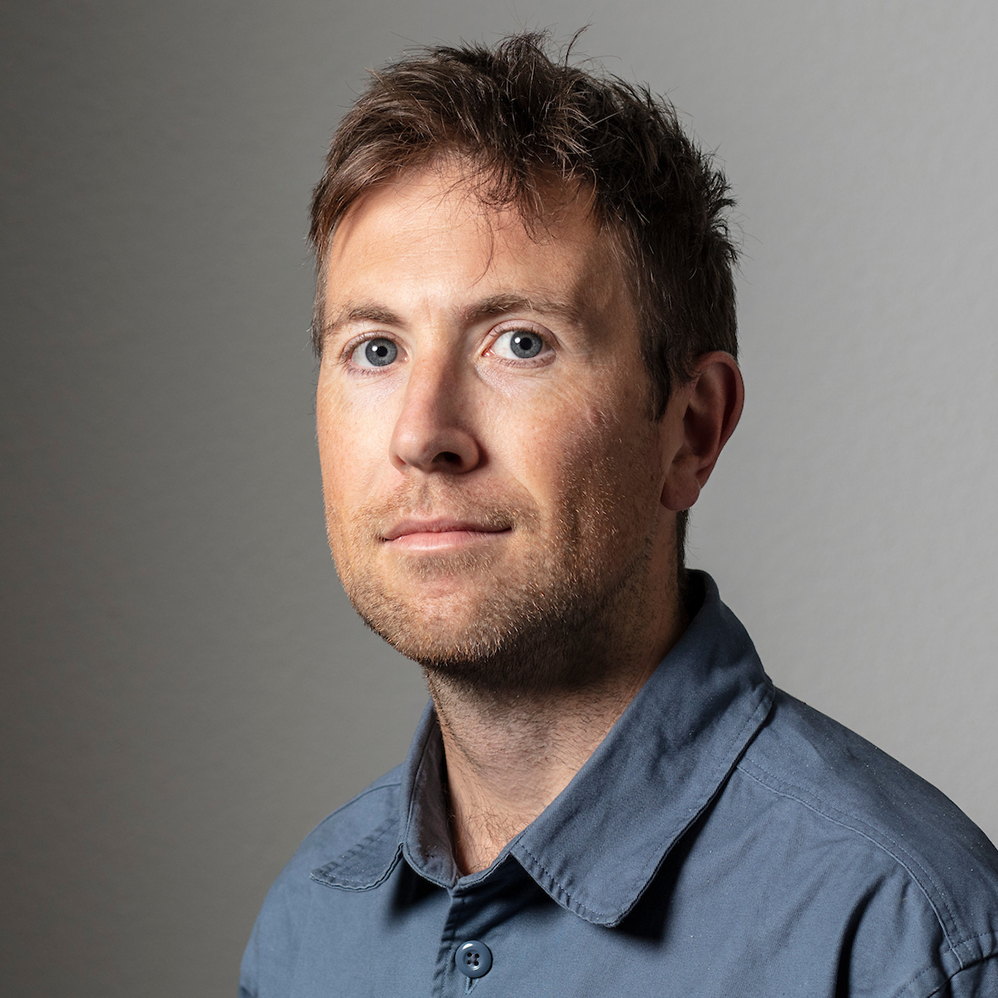40 years of the convention against torture
During the current session of the human rights council, we have heard disheartening details about the ongoing war in Ukraine, and the suffocating repression of dissent inside Russia. We probably should not be surprised; these reports have been coming into us from UN investigators for quite some time.
But what stands out, again, is the ill treatment that humans can mete out to one another. Torture, in other words. In Ukraine, the latest UN report tells of brutal abuse, by Russian security services, of Ukrainians in detention. Beatings, electric shocks, sexual violence.

More
Inside Geneva: 40 years of the convention against torture
Meanwhile inside Russia, anyone showing even a hint of dissent risks severe punishment. As the UN special rapporteur’s report revealed, people are handed long prison sentences for the tiniest infractions; reading a poem interpreted by some as anti-war, staging a play that questions the war.
And yet still there are brave Russians who do speak out, and, last week in Geneva, a historic debate took place with several former political prisoners, all of whom were released on August 1 in a prisoner swap. Vladimir Kara-Murza, Ilya Yashin, Andrei Pivovarov, and Kevin Lik, who, at just 18, was the youngest person ever to be tried for treason in Russia.
All of them were subjected to long hours, days, and weeks of solitary confinement. So common and extensive is Russia’s use of solitary confinement, the UN report says, that the practice itself amounts to torture.
Widely condemned, widely practiced
While we read the harrowing accounts of abuse, from Ukraine or Russia to Sudan, Myanmar, Eritrea and many more, it’s worth remembering that, under international law, there is a worldwide absolute prohibition on torture.
The UN Convention against Torture is 40 years old this year, and 174 states have ratified it. That’s most of the countries on the planet. But “torture is also on the rise”, says Alice Edwards, the UN special rapporteur on torture. “Torture is universally condemned but widely practised.”
Edwards, and her fellow campaigner Gerald Staberock, who is general secretary of the World Organisation against Torture, are my guests on Inside Geneva this week, to unpick a convention that just about everyone has signed up to, but just about no one fully respects.
My first question: given that so many landmark international standards and laws were introduced immediately after the second world war, from the Universal Declaration on Human Rights of 1948, to the Geneva Conventions of 1949, why the ban on torture did not arrive until the 1980s.
In fact, as Staberock told Inside Geneva, the Universal Declaration does outlaw torture, but as one small part of quite a lengthy document instructing human beings how to treat one another.
Strict legal framework needed
The convention itself emerged from the tireless work, in the 1970s and 80s, of human rights campaigners in Latin America, in particular those who had struggled against, and suffered from, the brutal military juntas in Argentina and Chile.
As Alice Edwards tells Inside Geneva, the convention was needed to provide states with a set of binding legal standards which require them, in the face of torture, to apply what she calls the “five Ps”: prevention, prohibition, prosecution, punishment (the last two for those who carry out torture), and finally protection – for those who speak out.
The convention therefore goes much further than the declaration’s fine words. It provides governments with what Edwards calls a “blueprint” of obligatory actions that they must take to both prevent and prosecute torture.
But they don’t. Why? Both Staberock and Edwards argue that torture is used primarily to strike fear into a population, to suppress any kind of opposition. They both reject the argument, put forward in recent years, shamefully, by some of the most developed democracies, that in certain exceptional circumstances, such as preventing a terrorist attack, torture might be justified.
As Edwards points out, there is a wealth of evidence to show that torture is not a useful tool to extract information, “people will do almost anything to avoid pain.”
And, as Staberock powerfully argues, even if there were any proof, which there is not, that torture works to get evidence, it should still be prohibited. “We didn’t outlaw torture because it works or not. We didn’t outlaw slavery because it didn’t work as an economic model. We didn’t outlaw robbery because it doesn’t work, but because it is wrong.”
To find out more about how the convention works nowadays, and how survivors of torture can seek redress, do listen to Inside Geneva. But be warned, this 40th anniversary of the convention against torture is not necessarily a cause for celebration. There is, as Edwards tells us, “pushback” from governments who profess loyalty to the convention, but do not honour it in practice.
“Words are easy,” says Edwards. But what she wants in this anniversary year is concrete commitment, “to the people on the street, the people who are in detention.”
And Staberock agrees. More effort is needed, he says, to really end something we should all, collectively, be ashamed of.
“So much more has to be done to really eradicate torture. We have to recognise it is still a problem. For a torturer, for individuals, for society. A society that tortures is a sick society.”

In compliance with the JTI standards
More: SWI swissinfo.ch certified by the Journalism Trust Initiative










You can find an overview of ongoing debates with our journalists here . Please join us!
If you want to start a conversation about a topic raised in this article or want to report factual errors, email us at english@swissinfo.ch.